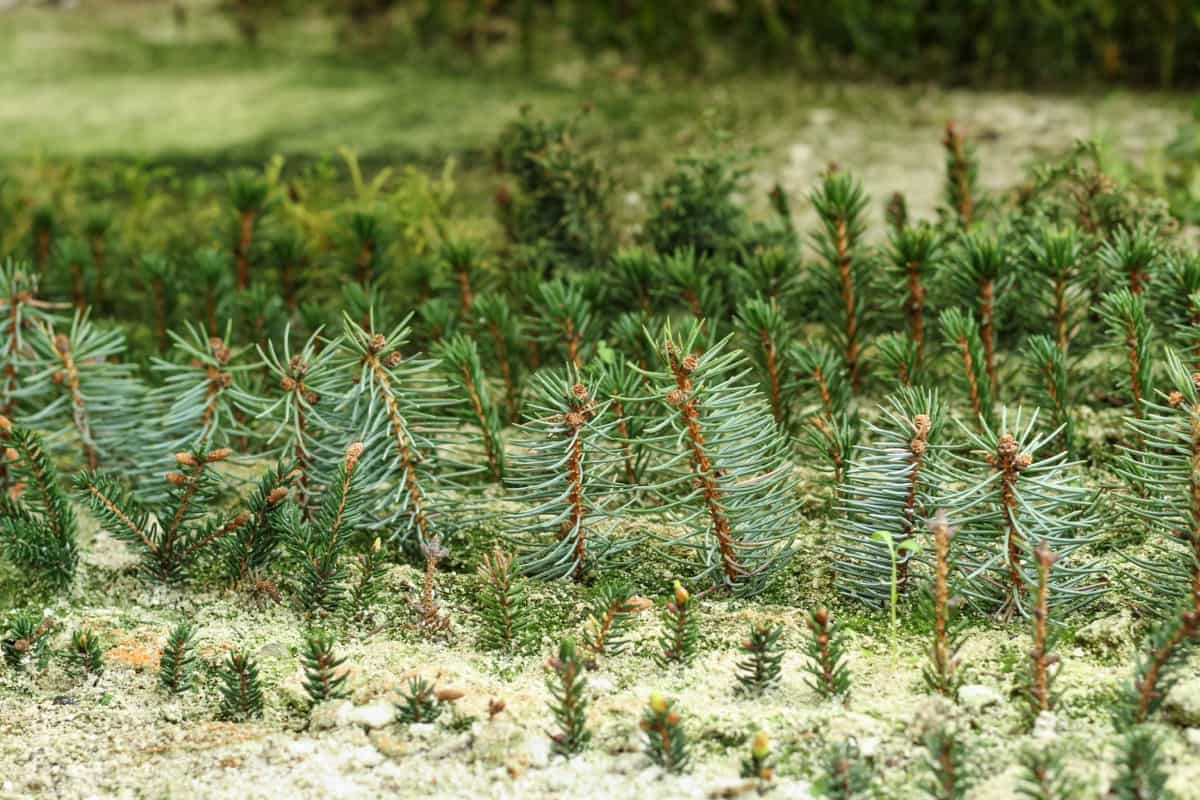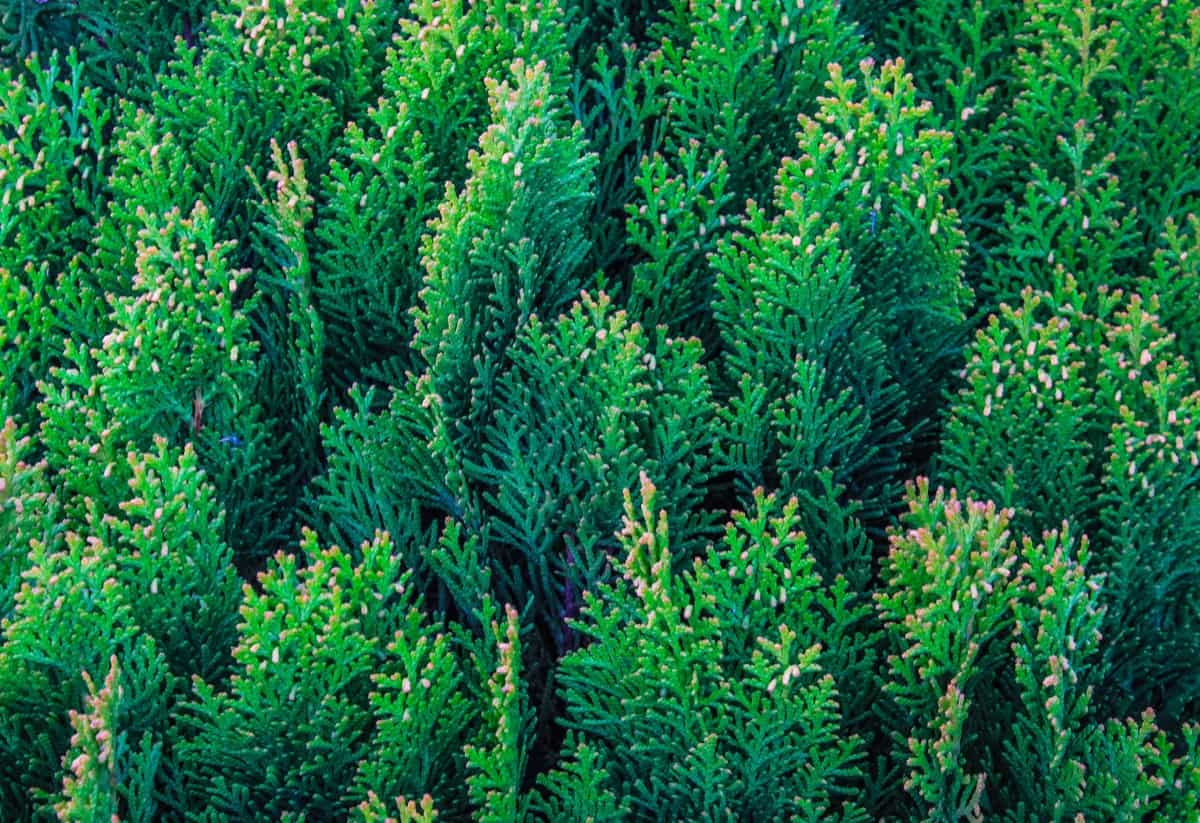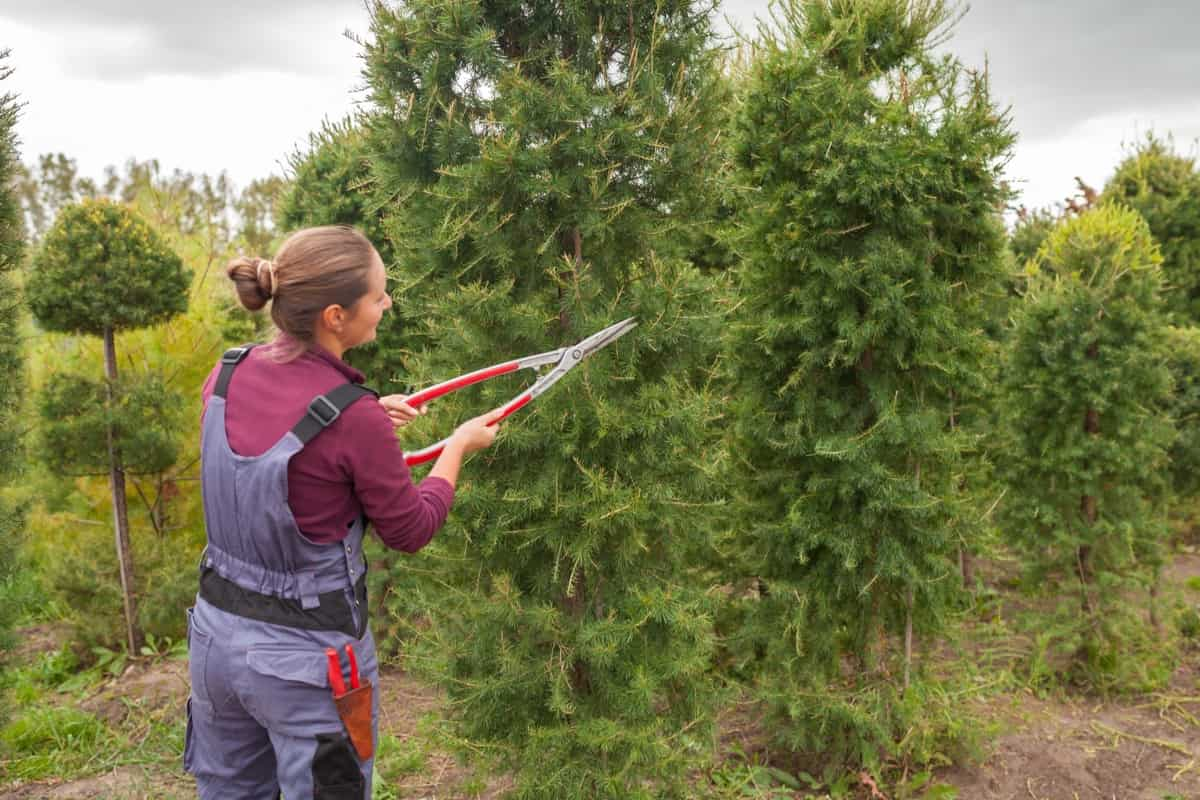The beauty of conifers, with their varied shapes, sizes, and colors, has always drawn gardening enthusiasts. One of the best ways to propagate these evergreens is by growing conifers from hardwood cuttings. This article will dive into the process, including what to do with conifer clippings and how to propagate conifers from seed.

Along with examples of hardwood and semi-hardwood cutting, we’ll discuss how to start conifers from cuttings, ultimately providing a comprehensive guide to this rewarding horticultural practice. The intention is to equip readers with knowledge and insights to benefit their propagation journey.
How to Grow Conifers from Hardwood Cuttings
Step-by-step Guide for Growing Conifers From Hardwood Cuttings
Growing conifers from hardwood cuttings begin by choosing the right donor plant. It should be healthy, robust, and free from diseases or pests. Best time for taking cuttings is during late winter or early spring when the plant is dormant but about to grow with the arrival of warmer weather.
The hardwood cutting example for conifers would involve cutting a length of the branch at least a year old and about 6-12 inches long, with several nodes visible along its length. The cut should be made just below a node (where the leaf joins the stem) because this is where new roots will form.
Best Practices for Propagating Conifers Through Hardwood Cuttings
When propagating conifers through hardwood cuttings, cleanliness, and precision are paramount. Always use sharp, sterilized pruning shears to avoid causing damage and introducing disease. Remove the lower leaves, keeping the top few intact. This reduces water loss through transpiration and focuses the cutting’s energy on root development.
The semi-hardwood cutting example would entail cutting from new growth that has started to harden but is not completely woody. These cuttings are usually taken in late summer or early fall. Like hardwood cuttings, they should also have several nodes and be trimmed just below a node.
Tips and Techniques for Successful Conifer Propagation From Hardwood Cuttings
Successful conifer propagation from hardwood cuttings often involves employing a few tried-and-true techniques. One such is treating the cut end of the clipping with rooting hormone, which can stimulate faster and more prolific root growth. Another technique is using a propagation medium, which should be well-draining yet retain enough moisture to support the cutting.
In case you missed it: How to Grow and Care for Organic Oregano: Guide for Planting to Harvesting

A mixture of sand, perlite, and peat is often recommended. Furthermore, maintaining high humidity around the cuttings can help prevent them from drying out. This can be accomplished by placing a clear plastic bag over the cuttings or using a propagation chamber.
Choosing the Right Time to Take Hardwood Cuttings From Conifers
The time of year, when cuttings are taken, can greatly influence their success rate. Ideal time for hardwood cuttings: During the tree’s dormant stage, usually in late winter or early spring. However, the prime time for semi-hardwood cuttings is late summer or early fall. The plants’ growth hormones are most concentrated at these times, increasing the chances of successful rooting.
Preparing and Treating Hardwood Cuttings for Conifer Propagation
Once cut, hardwood cuttings should be prepared and treated for propagation. The lower end of the cuttings should be dipped in a rooting hormone, which can stimulate root growth and help the cuttings establish more quickly. The treated cuttings should be inserted into a prepared propagation medium, usually a mixture of peat, sand, and perlite. The cuttings should be placed so one or two nodes are submerged in the medium. High humidity should be maintained to prevent the cuttings from drying out, as mentioned earlier.
Optimal Conditions for Rooting Conifer Hardwood Cuttings
The cuttings will root best in conditions that mimic their natural environment. The temperature should be maintained moderately, and the propagation medium should be kept consistently moist but not waterlogged. Moreover, the cuttings should be placed in a location with bright, indirect light. Direct sunlight can cause the cuttings to overheat or dry out. The rooting process can take several weeks or months, so patience is crucial during this phase.
Nurturing and Caring for Conifer Cuttings During the Rooting Process
Caring for the conifer cuttings during rooting involves regular watering to maintain soil moisture, providing adequate lighting conditions, and ensuring a high-humidity environment. If you’re using a plastic bag or propagation chamber, it should be opened occasionally to allow fresh air, reducing the risk of mold or fungus. Once the cuttings have developed a strong root system, as evidenced by new growth, they are ready to be moved into a larger container or directly into the ground, depending on the season and the specific conifer species.
In case you missed it: How to Grow Woody Plants in Containers: A Step-By-Step Guide

Transplanting Rooted Conifer Hardwood Cuttings Into Containers or the Ground
When the conifer cuttings have rooted well and are displaying new growth, it’s time to transplant them. The new plants can be placed into individual pots with a well-draining potting mix or directly into the ground if the conditions are right. Ensure the root ball is completely covered when planting, but avoid burying the stem. The transplanted conifers should be watered thoroughly and placed in a location with bright, indirect light. It’s crucial to continue monitoring and caring for the conifers as they establish in their new locations.
Common Challenges and Troubleshooting When Growing Conifers From Hardwood Cuttings
Growing conifers from hardwood cuttings does not come without challenges. Cuttings may fail to root, show signs of disease, or simply wither and die. A common issue is inadequate humidity or moisture, which can be addressed by adjusting watering practices or employing a humidity dome. If cuttings show signs of disease, such as mold or rot, it may be due to too much moisture or poor ventilation.
Adjusting these conditions and ensuring cleanliness can prevent recurrence. If cuttings fail to root, the issue may be with the timing of the cuttings, the donor plant’s health, or the cuttings’ treatment and care. Careful observation and adjustments can help overcome these challenges, resulting in a thriving conifer from a simple cutting.
In case you missed it: How to Grow and Care for Japanese Red Maple Bonsai: Planting, Pruning, and Repotting

Conclusion
Growing conifers from hardwood cuttings is a rewarding and economical way to propagate these magnificent evergreens. The process requires patience, care, and skill, from selecting the right donor plant and preparing the cuttings to nurturing the fledgling roots and transplanting the new plants.
Understanding the ideal conditions for rooting and troubleshooting common issues can greatly enhance success rates. While the process may present some challenges, the joy of watching a cutting grow into a healthy, vibrant conifer is certainly worth the effort. Whether you’re a novice gardener or an experienced horticulturist, applying these guidelines can help you expand your conifer collection and continue to enjoy these plants’ beauty for generations.
- Feed Your Flock for Less: Top 10 Tips to Save on Chicken Feed
- Ultimate Guide to Ossabaw Island Hog: Breeding, Raising, Diet, and Care
- Hatching Answers: The Top 10 Reasons Your Chickens Aren’t Laying Eggs
- Eggs and Economics: Breaking Down the Cost of Raising Backyard Chickens
- Defend Your Greens: Proven Methods to Keep Iguanas Out of Your Garden
- Ultimate Guide to Cinnamon Queen Chicken: A Comprehensive Guide for Beginners
- Ultimate Guide to California Tan Chicken: Breeding, Raising, Diet, Egg-Production and Care
- Ultimate Guide to Marsh Daisy Chicken: Breeding, Raising, Diet, and Care
- 10 Types of Chicken Farming Businesses You Can Start for Profits